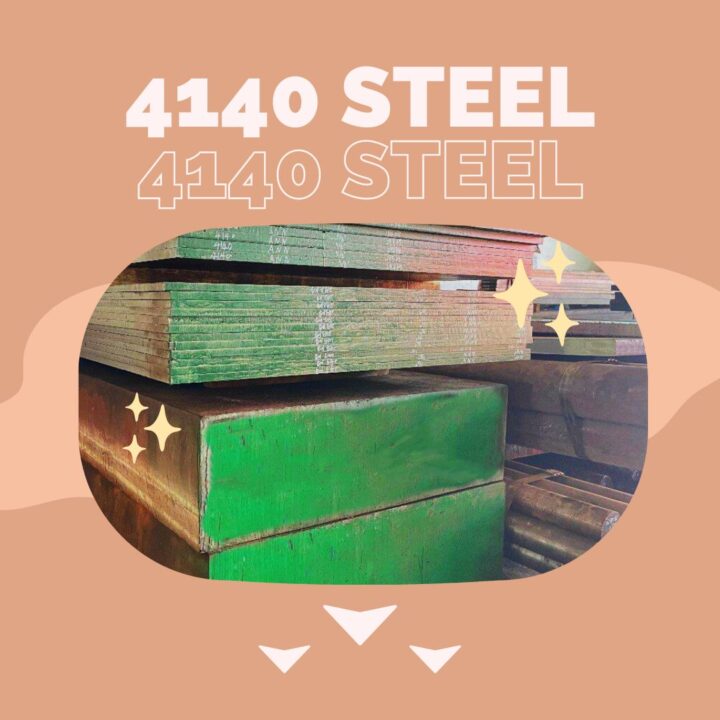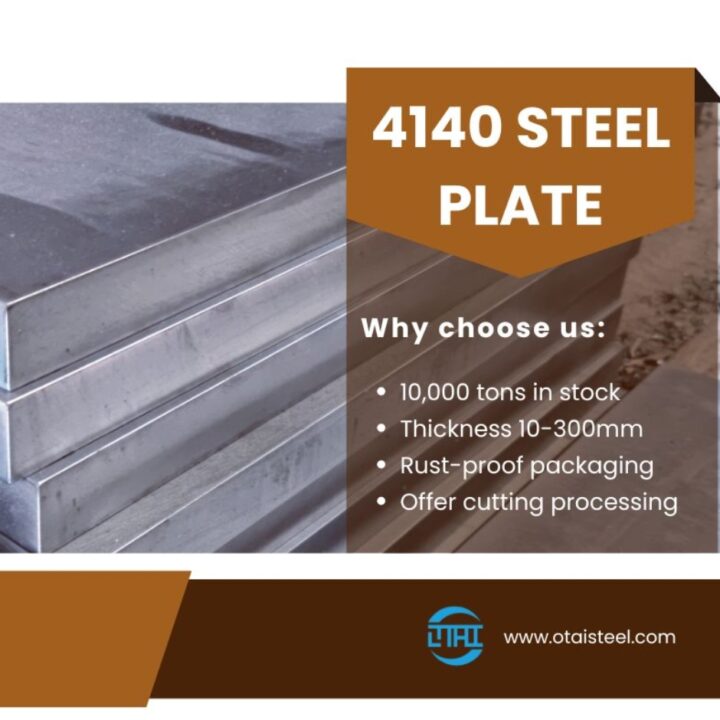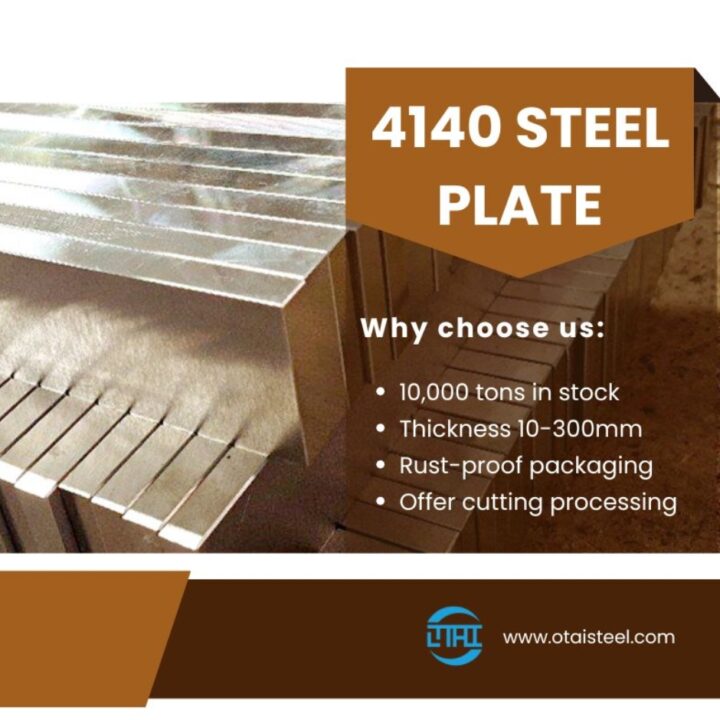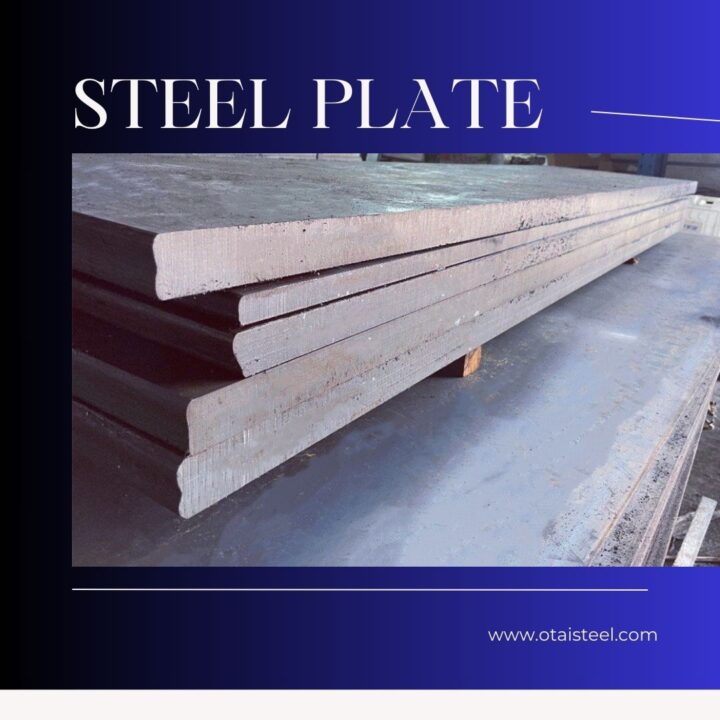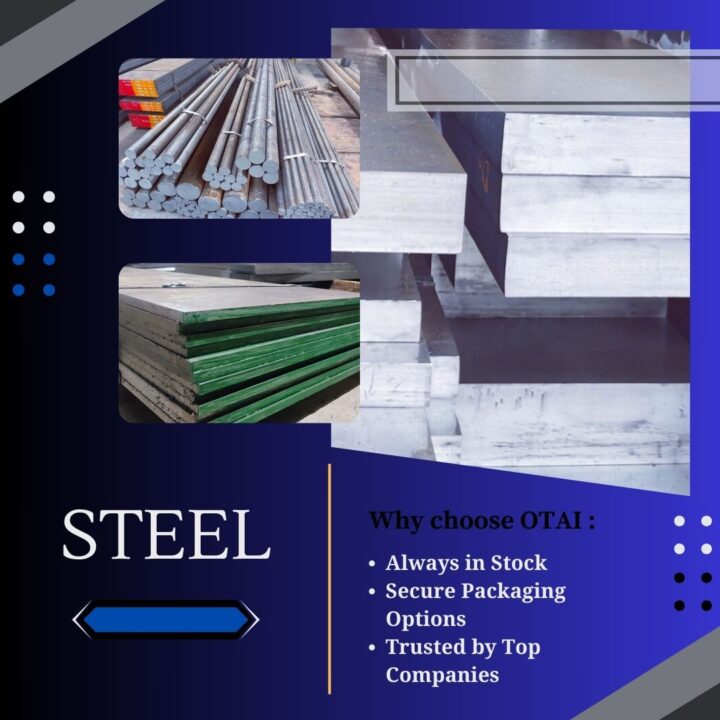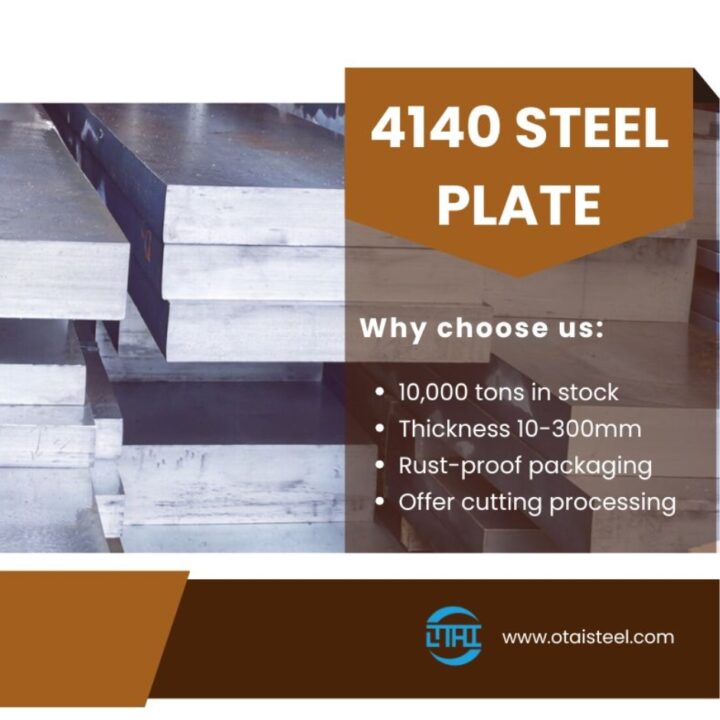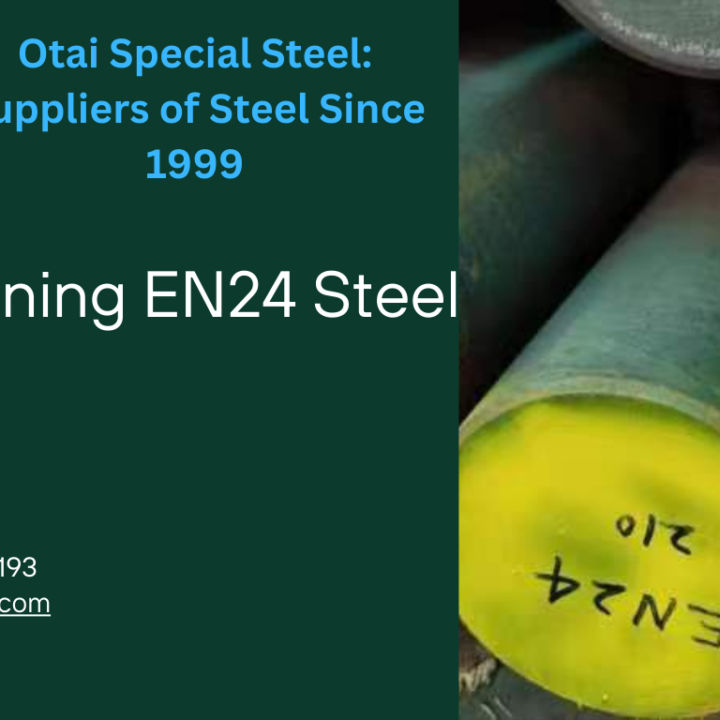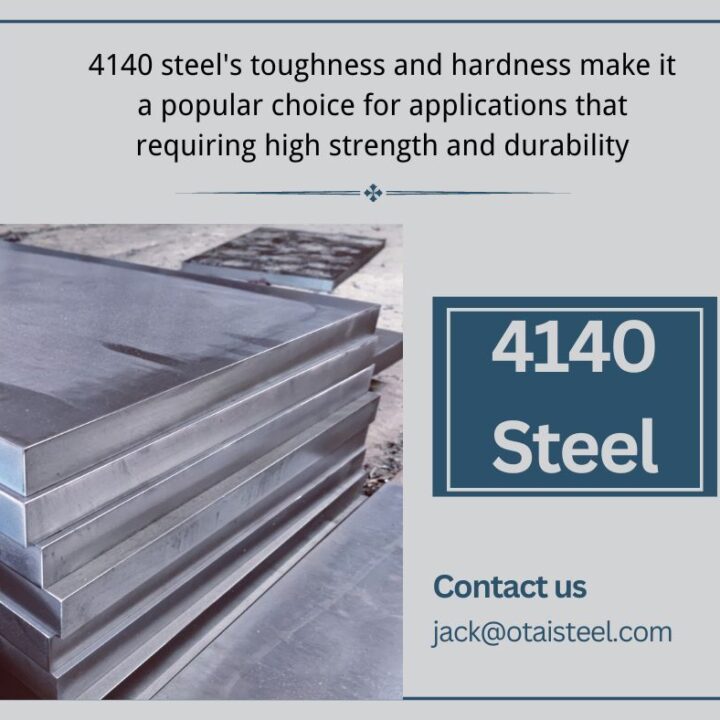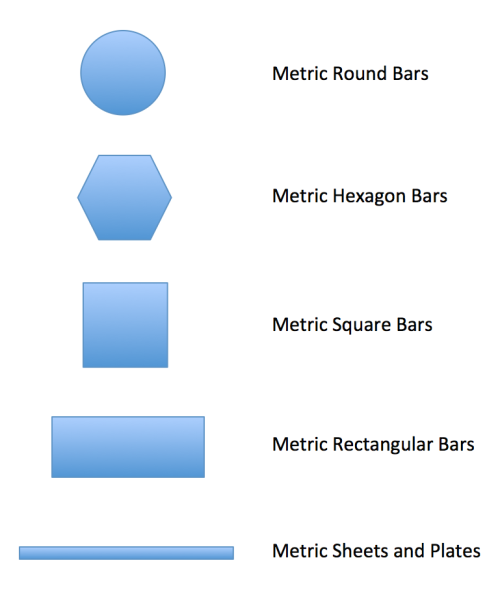Creep is the time-dependent deformation that occurs in a material under constant stress at high temperatures. When exposed to elevated temperatures, metals like 4140 steel may gradually deform over time, even under relatively low stress levels. Creep is a significant concern in applications where components are subjected to sustained loads at elevated temperatures, such as in power plants, aerospace engines, and oil refineries.
Factors Affecting Creep Resistance
Several factors influence the creep resistance of 4140 steel. These include:
- Chemical composition: The alloying elements in 4140 steel, such as chromium and molybdenum, contribute to its high-temperature strength and creep resistance.
- Microstructure: The heat treatment processes applied to 4140 steel, such as quenching and tempering, influence its microstructure, which affects creep behavior.
- Stress level: Higher stress levels can accelerate creep deformation, leading to reduced creep resistance.
- Temperature: Elevated temperatures promote diffusion and enhance creep deformation in metals.
Experimental Methods for Assessing Creep Behavior
To study the creep behavior of 4140 steel, various experimental methods can be employed. These include creep testing under constant load or constant stress conditions. Creep tests involve subjecting the material to specific stress levels at elevated temperatures for extended periods and measuring the resulting deformation over time. The collected data helps evaluate the material’s creep resistance and predict its performance under real-world conditions.
Results and Discussion
Research and testing have shown that 4140 steel exhibits good creep resistance and high-temperature strength. Its composition and heat treatment contribute to its ability to withstand sustained loads at elevated temperatures. However, the specific creep properties of 4140 steel may vary depending on factors such as the heat treatment process, testing conditions, and application requirements.
Importance of High-Temperature Strength
The high-temperature strength of 4140 steel is crucial in applications where components operate under prolonged exposure to elevated temperatures. Maintaining structural integrity and load-bearing capabilities at high temperatures ensures the safety, reliability, and efficiency of various industrial processes and equipment.
Understanding these properties helps engineers and designers make informed decisions in material selection and component design for high-temperature applications. (Creep behavior of 4140 steel)
